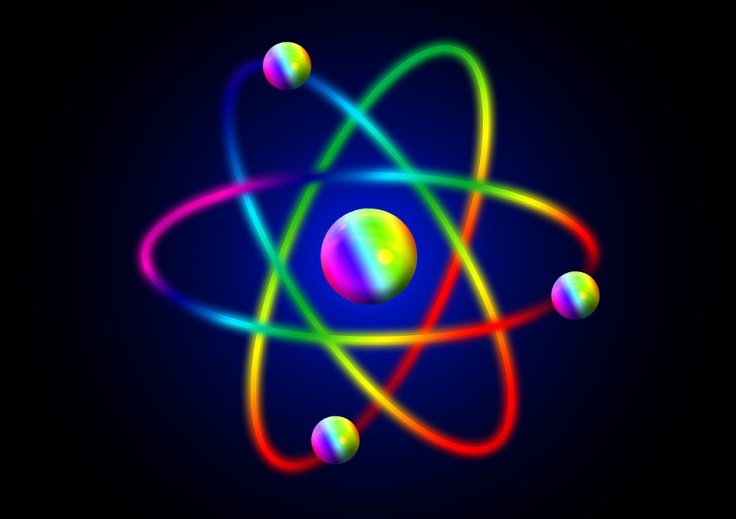
A team of scientists at the Trinity College in Dublin has apparently built the world's smallest machine. Interestingly, this smallest machine has the size of a single calcium ion, and it is not like the traditional machines humans have developed in the past. It should be also noted that this single calcium ion is ten billion times smaller than an automobile engine, but it is sophisticated like any other machine that can serve its desired purpose.
Experts believe that this small machine which has its own in-built engine could revolutionize nanotechnology in the future. This machine, which is basically a calcium ion has an electric charge, and it helps it to spin.
The study report which is now published in the journal Physical Review Letters reveals that angular momentum generated by the spin will be used to convert heat from a laser beam into vibrations.
In layman's terms, these vibrations literally act like a mechanical device that is capable of storing rotational energy.
"The flywheel allows us to actually measure the power output of an atomic-scale motor, resolving single quanta of energy, for the first time," said Mark Mitchison, co-author of the study in a recent statement.
John Goold, an assistant professor at Trinity revealed that this new development has all the potential to open a new era of development in technologies that work on quantum theory.
"Heat management at the nanoscale is one of the fundamental bottlenecks for faster and more efficient computing. Understanding how thermodynamics can be applied in such microscopic settings is of paramount importance for future technologies," said Goold.
A few days back, a team of researchers had developed a new technique to extract hydrogen from natural bitumen and oil fields. After materializing this, scientists revealed that this new technology could solve the problem of a potential energy crisis in the future.









